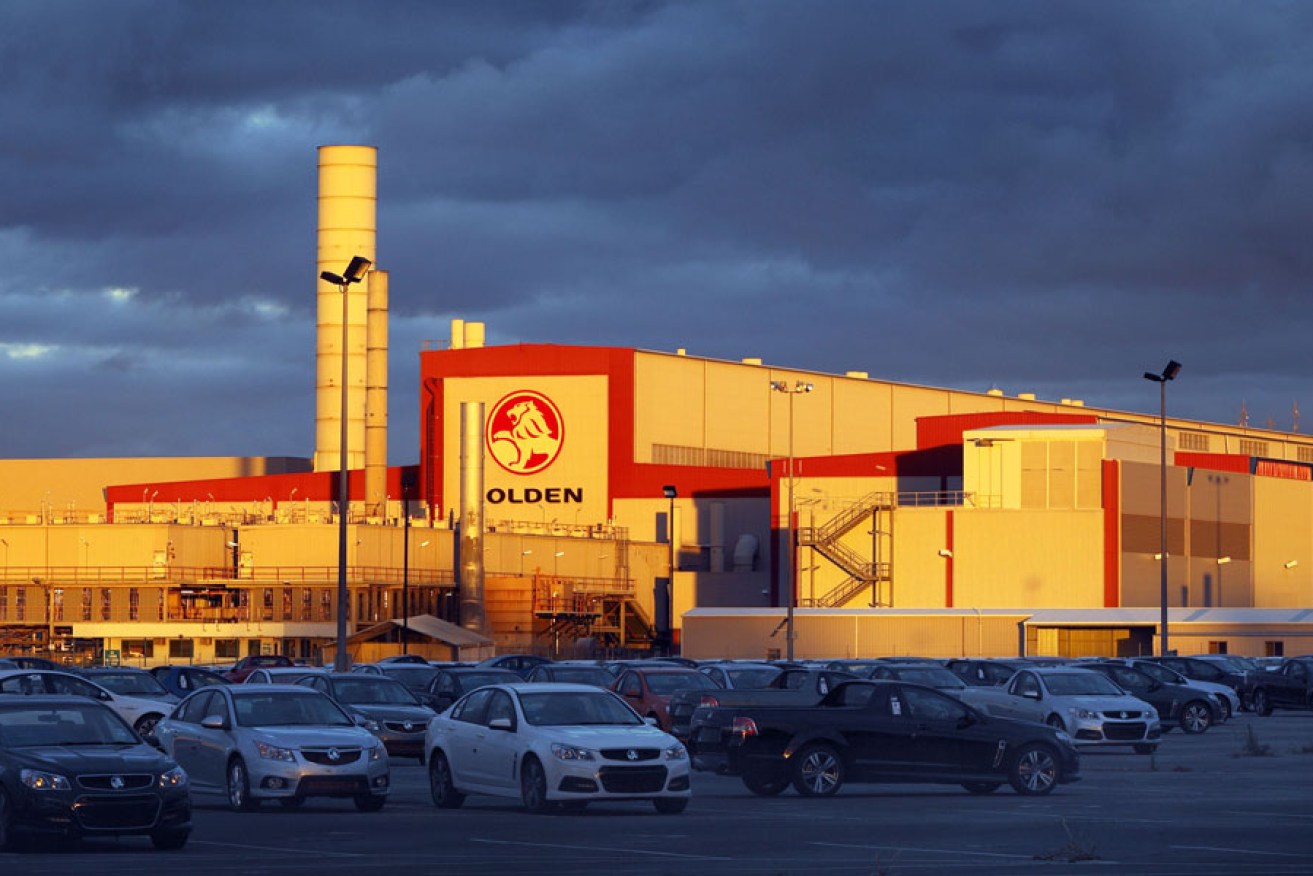Business pushes mergers in auto sector

Mergers could help the auto component sector to survive after the closure of Holden in 2017.
The federal and state governments should support diversification and mergers within the automotive component sector to help underpin jobs and business activity during the transition away from motor vehicle manufacturing in South Australia, according to Business SA.
With the future of Canberra’s Automotive Transformation Scheme (ATS) back in the headlines this week, Business SA offered a new perspective on effective assistance measures in a submission to the Senate Inquiry into Future of Australia’s Automotive Industry.
Business SA’s submission argues there are significant challenges facing component manufacturers wishing to diversify away from their long-term reliance on car makers and that governments should consider expanding the focus of their support.
“Many component manufacturers have limited experience in actually marketing their products and this is where the Government can provide assistance through either grants for specialist consultants, or even access to graduate students who can bring the latest technical knowledge to help traditional component manufacturers position themselves to diversify into alternative markets, particularly overseas,” Business SA’s submission says.
“Notwithstanding a desire for many component suppliers to diversify, there is also an issue of redundant plant and equipment which can make leveraging assets to diversify a manufacturing operation quite difficult, particularly in relation to procuring finance.
“There are also considerations of scale and instances where two businesses could merge and salvage substantial value in both companies but the costs associated with merging prohibit such activity.
“Business SA has previously advised both the state and federal governments to consider this in their assistance packages but to date it has not been allowed for.
“The Senate Committee should also be mindful of the additional job losses which eventuate when multiple businesses close when at least part of those operations and associated jobs could be saved through enabling appropriate merger activity.”
Federal Industry Minister Ian Macfarlane this week said the Government would drop plans to remove $500 million in assistance to the sector.
However, political observers have estimated that only $100 million would flow to the sector by 2017 as manufacturing activity winds down. The Government’s planned cuts had been blocked in the Senate since the Budget in May 2014.
“We don’t want anything to jeopardise the survival of the industry until Holden finally closes,” Macfarlane said.
One sector of the automotive industry manufacturing sector that has a brighter perspective is the Australian Automotive Aftermarket Association (AAAA) which produces replacement parts, accessories, and parts for performance enhancement and vehicle modifications which are mainly sold to wholesalers, retailers and resellers rather than the major car manufacturers.
The AAAA’s submission to the Senate inquiry says that about 260 member companies manufacture product locally with around 65% of these companies (170) actively exporting. It says automotive aftermarket manufacturing represents 36% of all automotive manufacturing in Australia, or $5.2 billion per annum, employs 21,000 people directly and exports $800 million per year of locally manufactured product.
“If the full growth potential of the aftermarket manufacturing segment is realised, it can absorb some of the excess capacity, skills and knowledge that become available as the shutdown of the Australian domestic passenger vehicle sector plays out,” the AAAA says.
The AAAA suggests there is “a great deal of synergy in labour skills” between the passenger motor vehicle employees and aftermarket employees and a growing and sustainable aftermarket can help absorb excess labour from the car makers.
“Indeed, it has a greater capacity to do so than other industries such as mining and construction. If we want this to occur we need the aftermarket to reach full capacity, and it cannot do so without specific government policy and programs designed to foster growth,” the AAAA submission says.
The AAAA cautions against assistance measures that help the traditional car and component manufacturers diversify at the expense of the aftermarket sector.
“There is a genuine concern from our members, and other sectors of the automotive industry, that an easy (but ineffective) option is to simply pay the passenger motor vehicle (PMV) producers to diversify into our segments. This would be the ultimate insult. To replace the dominant paradigm of a narrow focus on PMV with a program of funding these companies to compete against us is unfair, anticompetitive, unwise and insulting,” the AAAA says.
The AAAA makes a number of recommendations to the Senate committee for consideration including allowing the aftermarket sector to have access to the Automotive Transformation Scheme funding and to fund a feasibility study and business model to support the establishment of an ‘Australian Automotive Aftermarket Lab’.
“A real vision for the future of the Australian Automotive industry is to build upon what we do well. The aftermarket is R&D intensive and is quick to market. An Australian format ‘Automotive Aftermarket Lab’ would be a meaningful contribution to expanding our industry and supporting the maintenance and growth of automotive engineering and R&D,” it says.
In its submission to the Senate inquiry, the Federal Chamber of Automotive Industries calls for continued, diversified support for the sector beyond 2017.
“Rather than cutting and closing the ATS, amending the eligibility criteria to facilitate investment in research and development activities to encourage further investment in these, and other, facilities would help nurture complex design and engineering work in Australia, in turn providing significant technical skills for the country. Such amendments would be particularly important as domestic motor vehicle manufacturing winds down in Australia,” the FCAI says.
Submissions to the Senate enquiry have progressively become publicly available this week.




